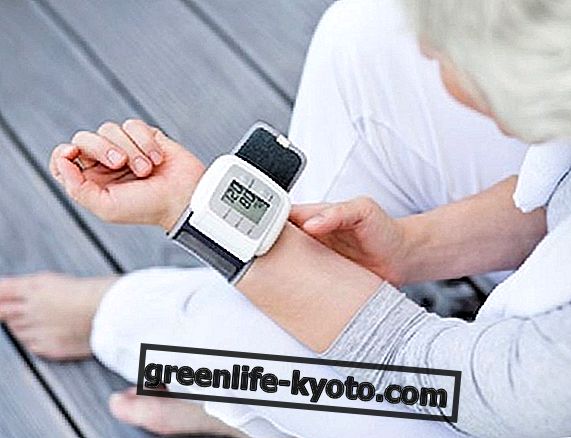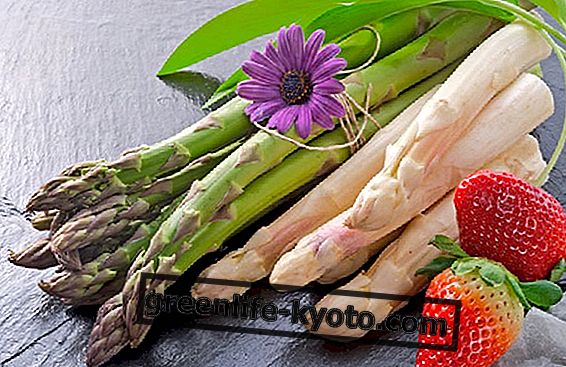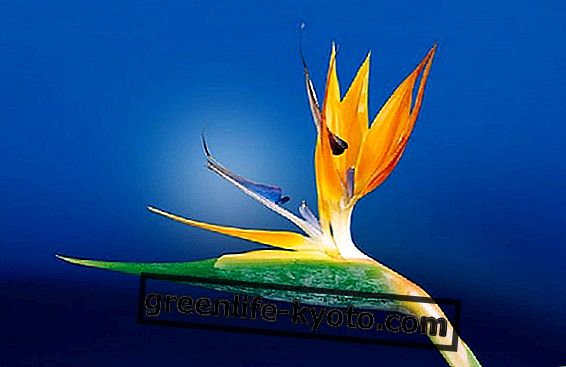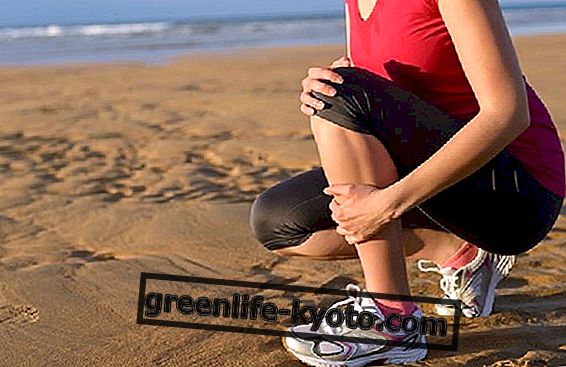
Hypertension, especially at a low level, is one of the typical disorders of Western society. Thanks to an inactive lifestyle and a diet that is not always healthy (as well as many other factors including genetic predisposition ), the blood of a good 20% of the adult population presses on blood walls in a more intense way than the physiological standards.
The possibilities of approach to the disorder are many and vary according to the characteristics of the patient: sometimes it is sufficient to make changes to the lifestyle, while others it is essential to resort to a pharmacological therapy in order to restore the levels considered normal.
To avoid, or at least delay as much as possible, this second scenario, yoga can be an excellent practice for those most at risk and for all those who rely on the best possible medicine: prevention .
Yoga as a tool to control hypertension
The role that yoga can play in hypertension has been extensively studied and continues to be investigated by the international medical community.
As an example, we mention the research presented last year at the annual meeting of the American Society of Hypertension held in San Francisco. It was conducted by a group of researchers from the University of Pennslyvania and involved 120 people aged 50 for 24 weeks. The participants were divided into three groups: the first carried out a yoga program, the second was subjected to a specific diet and invited to take daily walks, the third had both yoga and a diet.
Despite the fact that all three groups have experienced significant improvements at the end of the trial period, those who have dedicated themselves to the practice of yoga have made the most marked progress .
Dr. Debbie Cohen, research coordinator, comments: " So far it seems very promising that yoga can be a useful therapy for patients with mild to moderate hypertension who want to avoid the use of drugs. This technique could also be used as an addition to other lifestyle changes . "
Of course, with this we want to encourage people to boycott traditional treatments, but we propose a discipline to complement them: in the context of a change in one's lifestyle from a dietary point of view, of physical and - eventually - pharmacological activity, the yoga can occupy a very respectable place and can be included among the recommended practices in case of hypertension both as a support to the therapy and for preventive purposes .
What is the right diet for those suffering from high blood pressure?
Some advice for a conscious practice in case of hypertension
As we have seen, the hypertensive patient can, after obtaining the approval of the attending physician, draw important benefits from yoga.
As always, we do not recommend this or that position: especially in the case of pathologies and if you are a beginner, it is essential to rely on a trained teacher.
Furthermore, providing restrictive indications regarding asanas would be misleading given that there are many variables that must be weighed when preparing a specific program.
Generally speaking, it is possible to say that every yoga practice tends to regularize the pressure . The synergy of asanas, pranayamas and meditation, especially with a prolonged parenthesis dedicated to final relaxation, can only be beneficial to too high a pressure.
In the specific case, it would be necessary to avoid the upside down positions and the bending backwards because they could cause an increase in pressure and related risks (at least at the beginning of the practice).
This phenomenon can actually occur in any position that is too advanced for the practitioner who is performing it; therefore it is important to remain fully aware and listening while performing the asana. If the breath is calm and you feel at ease, in all likelihood, blood pressure is in place.
Caution is also recommended when moving from one asana to another especially in standing positions because you are more exposed to dizziness and vertigo. In pranayama, exercises such as bhastrika or kapalabhati and all pranayamas that require breath-holding should be avoided or performed under close observation of oneself and one's master.













